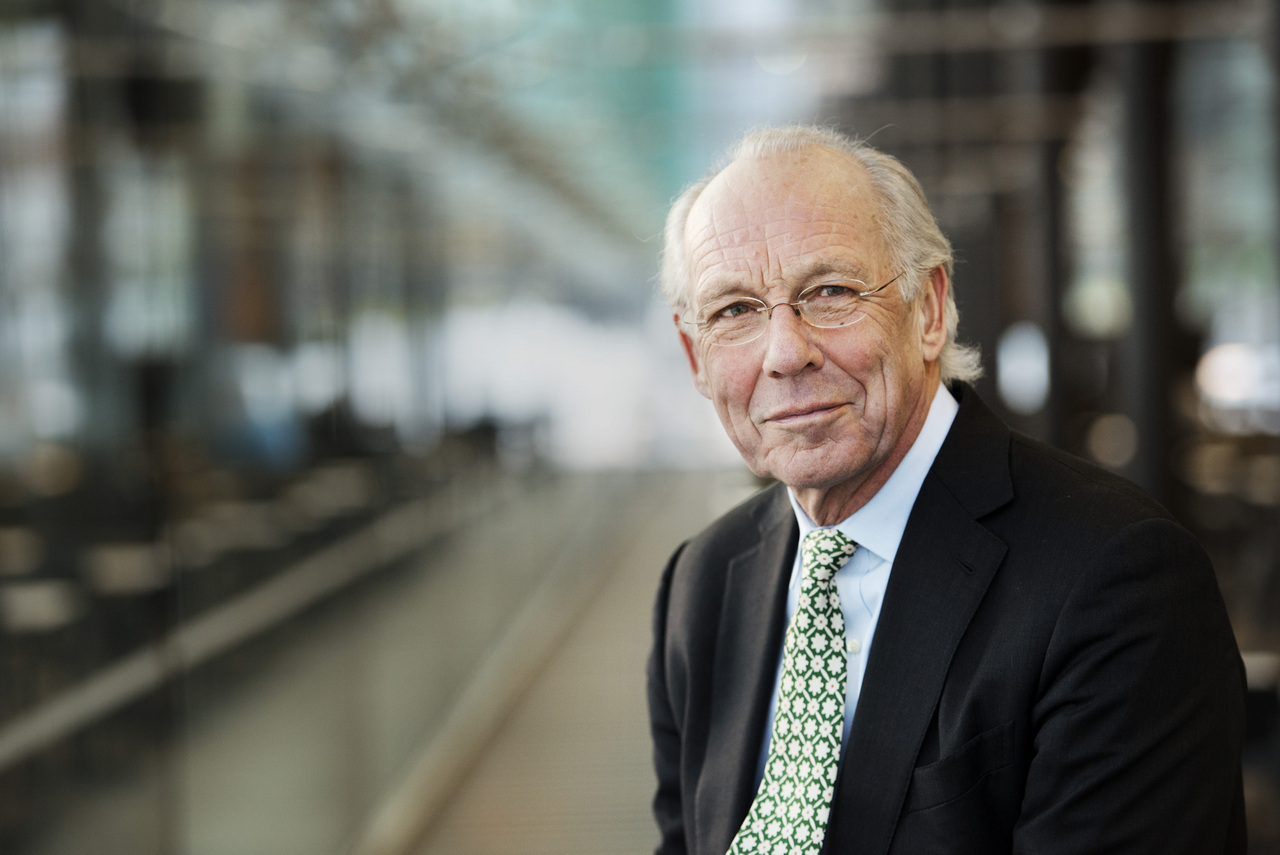Experts believe our future will be shaped by the global sustainability crisis, accelerating technological development and population growth.
On Thursday, 14 January 2016, the Helsinki Music Centre was full of listeners anxious to hear about the future. At an event organised by Sitra in co-operation with Future Earth Finland, the National Foresight Network and the Helsinki University Centre for Environment HENVI, the key questions were: what will the future look like in 2017, in a few years’ time or in 2052? And what are our chances of forecasting these changes in direction?
“The three key trends that will define our future are global population growth, the slowdown in economic growth and the transformation of work and our lifestyles,” said Norwegian professor Jørgen Randers.
This internationally acclaimed futurologist works as a professor at the Norwegian Business School and is one of the authors of the Club of Rome’s famous report, Limits to Growth (1972). His latest work, 2052 – A Global Forecast for the Next Forty Years, probes the future – up to the year 2052 – and has inspired a great deal of international discussion.
“Foresight is not difficult if you look at the right things,” Randers assured his listeners.
Since Randers has studied the preconditions for sustainable development for four decades, he speaks from experience. “As early as the 1970s, we were able to forecast the sustainability crisis that is now upon us; we just didn’t know how to prevent it. Now, the world is more unsustainable than ever before.”
Sitra’s views on future development trends were also introduced at the event. Sitra’s list of megatrends for 2016 analyses developments in the world and in Finland based on three major forces of change: ever-accelerating technological development, global and everyday interdependence, and the sustainability crisis linked to the use of natural resources and climate change.
Various phenomena are examined through these lenses, such as working life, the economy and lifestyles of the future and what the related changes will mean for individuals, organisations and various international actors.
“All three directions of change are interconnected. While technological development kick-started a change in the way we understand work, it has also offered solutions for addressing major global problems, such as global warming,” says Sitra’s foresight specialist Elina Kiiski Kataja.
Randers’ forecasts, which look ahead 40 – or even 80 years from now, are pessimistic: we haven’t been able to stop global warming or growth in energy consumption and the world population. So, is there anything we can do? How should we react to the sustainability crisis?
“Megatrends offer plenty of opportunities,” comments Kiiski Kataja. “Challenges and risks will undoubtedly become a reality, but opportunities can only be realised by grasping them.”
“All is not lost,” says Randers. “We need good, fact-based and far-reaching decisions to guide society in the right direction. Otherwise, bleak future scenarios are almost certain to become a reality.”
The event’s panellists – Professor Markku Kulmala of the University of Helsinki; Executive Director Tuija Talvitie of CMI; Carl Haglund, Chair of the Committee for the Future of the Finnish Parliament; and Paula Laine, Director of Strategy at Sitra – agreed with Randers.
Our ever more complex world imposes new types of information needs on decision-makers. Integrating foresight information and trend work into political decision-making processes could promote more future-oriented governance.
In the panellists’ opinion, immigration and refugees are also proof of growing global interdependence. Tuija Talvitie noted that there are proactive solutions to many of the questions raised at the event.
“We must direct our resources towards preventing global conflicts rather than using them for post-conflict clean-ups,” said Talvitie.
“Our policy elites are no strangers to the content of these forecasts. What has been discussed for decades has now become a reality. There are two ways to react: panic or reform,” Paula Laine concluded.




Recommended